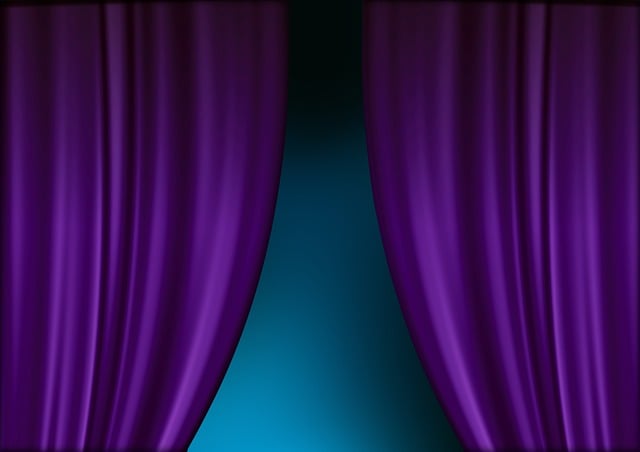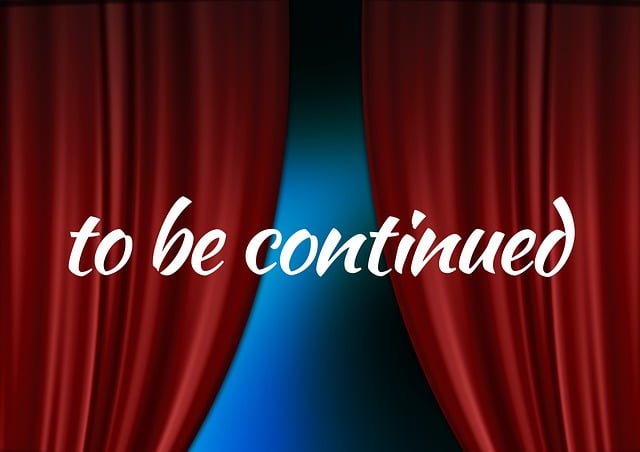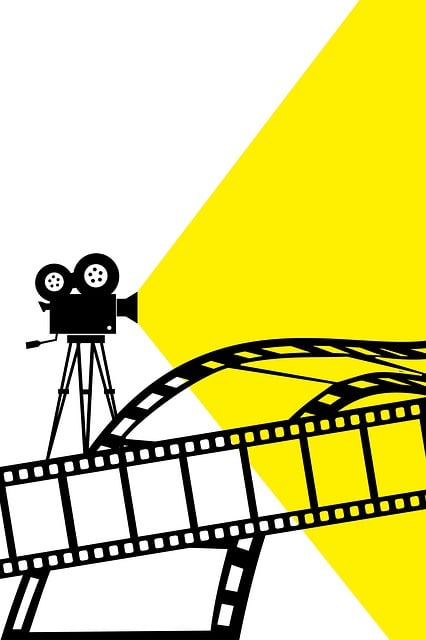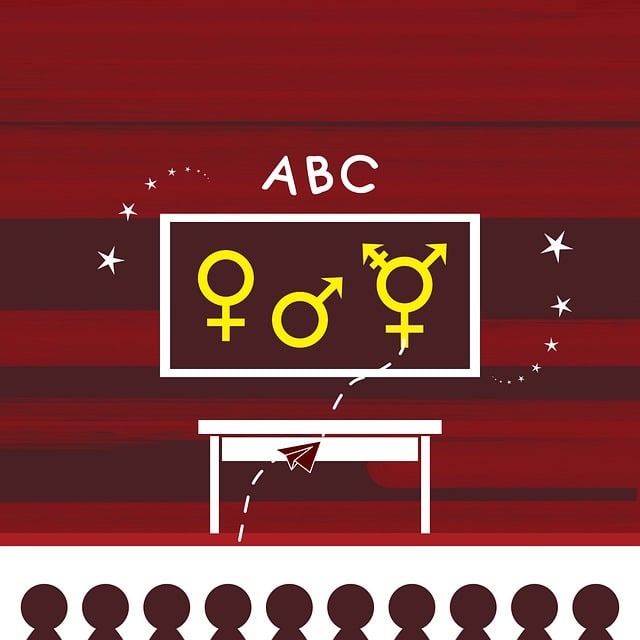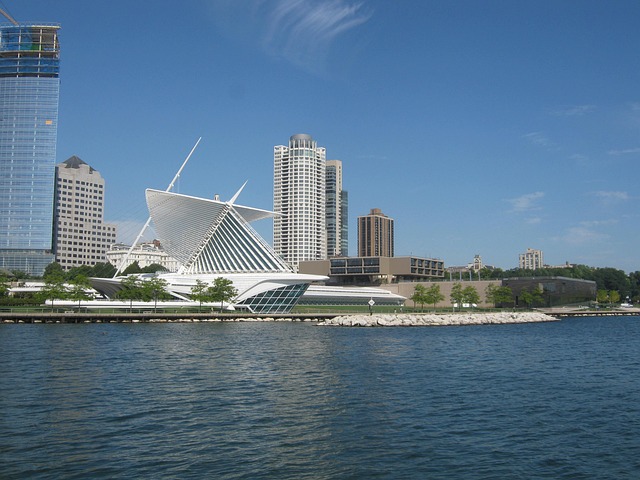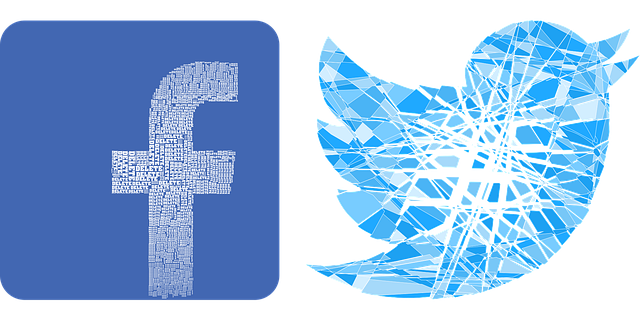Movie theater
Revolutionizing the Movie Going Experience: Movie Theater Solves Common Cinema Struggles
The modern movie theater faces a unique challenge – catering to diverse audience preferences while ensuring an exceptional viewing experience. From navigating crowded spaces to keeping up with technological advancements, cinema operators strive to create an engaging environment that satisfies every film enthusiast.
Problem: Unmanaged Crowds and Limited Seating Options Cause Discomfort and Frustration.
- Description: Movie theaters often struggle with overwhelming footfall, leading to long queues and packed auditoriums. This issue is exacerbated by limited seating capacity, especially during peak hours or for popular releases.
- Impact: Customers experience discomfort, miss out on preferred seats, and may even leave without purchasing tickets due to the hassle.
- Example: A study revealed that 42% of moviegoers have avoided theaters because of crowded conditions.
Solution: Dynamic Seating and Digital Ticketing System
Implement a dynamic pricing and seating model, offering real-time seat selection through an intuitive mobile app or kiosk system.
- Step 1: Develop a user-friendly platform allowing customers to choose their ideal seats, view price variations based on demand, and secure tickets instantly.
- Before & After:
- Before: Long queues at the box office, disorganized seat allocation.
- After: Customers enjoy quick ticket purchases, personalized seating, and reduced waiting times.
- Implementation Timeline:
- App/kiosk development: 3-4 months.
- Training staff: 1 month.
- Launch and promotion: 2 weeks.
Problem: Outdated Technology Hinders Engagement and Customer Satisfaction.
- Scenario: Traditional theater systems often lack the flexibility to accommodate modern film formats, sound technologies, and special effects, leaving audiences experiencing subpar visuals and audio.
- Industry Stats: According to a report, 73% of moviegoers prefer theaters with advanced sound systems.
- Testimonial: “The old projector at my local theater often struggled with high-definition content, making action sequences look blurry.” – Sarah, 28.
Solution: Upgrading to Immerse Audiences in Cinematic Magic
Invest in state-of-the-art projection and sound technology, ensuring an immersive cinematic experience.
- Step 1: Research and partner with industry leaders to source the latest digital projectors, laser displays, and surround sound systems.
- Step 2: Implement 4K/8K resolution screens and Dolby Atmos audio for an enhanced visual and auditory experience.
- Case Study: The Grand Cinema in LA reported a 35% increase in ticket sales after upgrading their technology, attracting tech-savvy moviegoers.
- Timeline:
- Technology procurement: 2 months.
- Installation and testing: 1 month.
- Publicity campaign: 1 week.
Problem: Lack of Personalization Leads to Disengaged Audiences.
- Real-World Example: Many theaters offer generic concessions, failing to cater to individual preferences, leading to dissatisfied customers who may opt for alternative entertainment options.
- Customer Feedback: “I wish the theater would remember my favorite snacks and suggest them automatically.” – Michael, 32.
Solution: Personalized Concession Services and Interactive Features
Introduce personalized concession options and interactive elements to enhance customer engagement.
- Strategy 1: Implement a loyalty program with customizable profiles, allowing members to pre-order snacks and drinks, ensuring a swift service experience.
- Strategy 2: Offer virtual reality (VR) or augmented reality (AR) games in waiting areas, providing entertainment while customers await their orders.
- Before & After Impact:
- Before: Customers face long concession lines, generic food options.
- After: Personalized service, efficient ordering, and interactive entertainment improve overall satisfaction.
- Timeline:
- Loyalty program development: 2 months.
- VR/AR game selection and setup: 1 month.
- Training staff for new systems: 2 weeks.
Problem: Inadequate Communication Results in Misinformed Customers.
- Challenge: Effective communication is crucial, especially regarding showtimes, ticket prices, and special events. Poorly designed websites and lack of real-time updates leave customers confused.
- Industry Data: A survey showed that 65% of moviegoers rely on theater websites for information, yet many find it unhelpful.
Solution: Transparent Online Presence and Real-Time Updates
Create an informative, user-friendly website with real-time data on showtimes, pricing, and special offers.
- Key Features:
- Interactive schedule with seat availability.
- Dynamic pricing display, explaining variations.
- Dedicated event pages for upcoming releases, screenings, and workshops.
- Benefits: Improved customer experience, increased online bookings, and reduced inquiries at the box office.
- Implementation:
- Website redesign: 2 months.
- Content creation and SEO optimization: 1 month.
- Real-time data integration: 3 weeks.
Addressing Objections:
-
Objection: “Will this system increase ticket prices?”
Response: Dynamic pricing is a marketing strategy to reflect demand, ensuring fair pricing while maximizing revenue. It doesn’t directly raise ticket costs but provides transparency. -
Concern: “What if the new technology fails or requires frequent maintenance?”
Counter-Argument: We partner with reliable vendors for long-term support and regular updates, minimizing disruptions. Our focus is on providing a seamless experience, not technical hurdles.
Long-Term Benefits:
Implementing these solutions will result in:
- Increased customer satisfaction and loyalty.
- Improved operational efficiency, reducing wait times.
- Enhanced brand reputation, attracting a broader audience.
- Data-driven insights for future decision-making.
